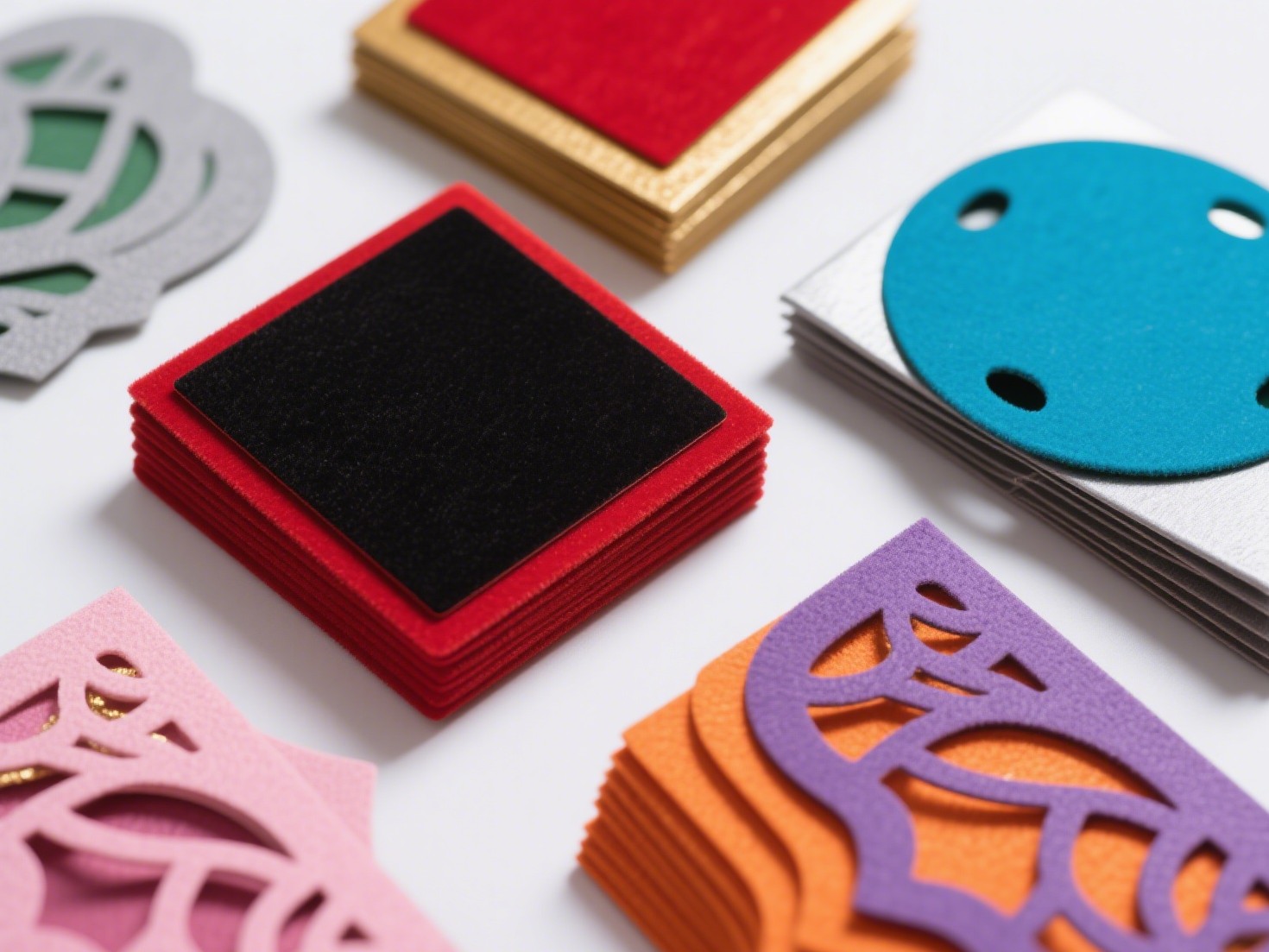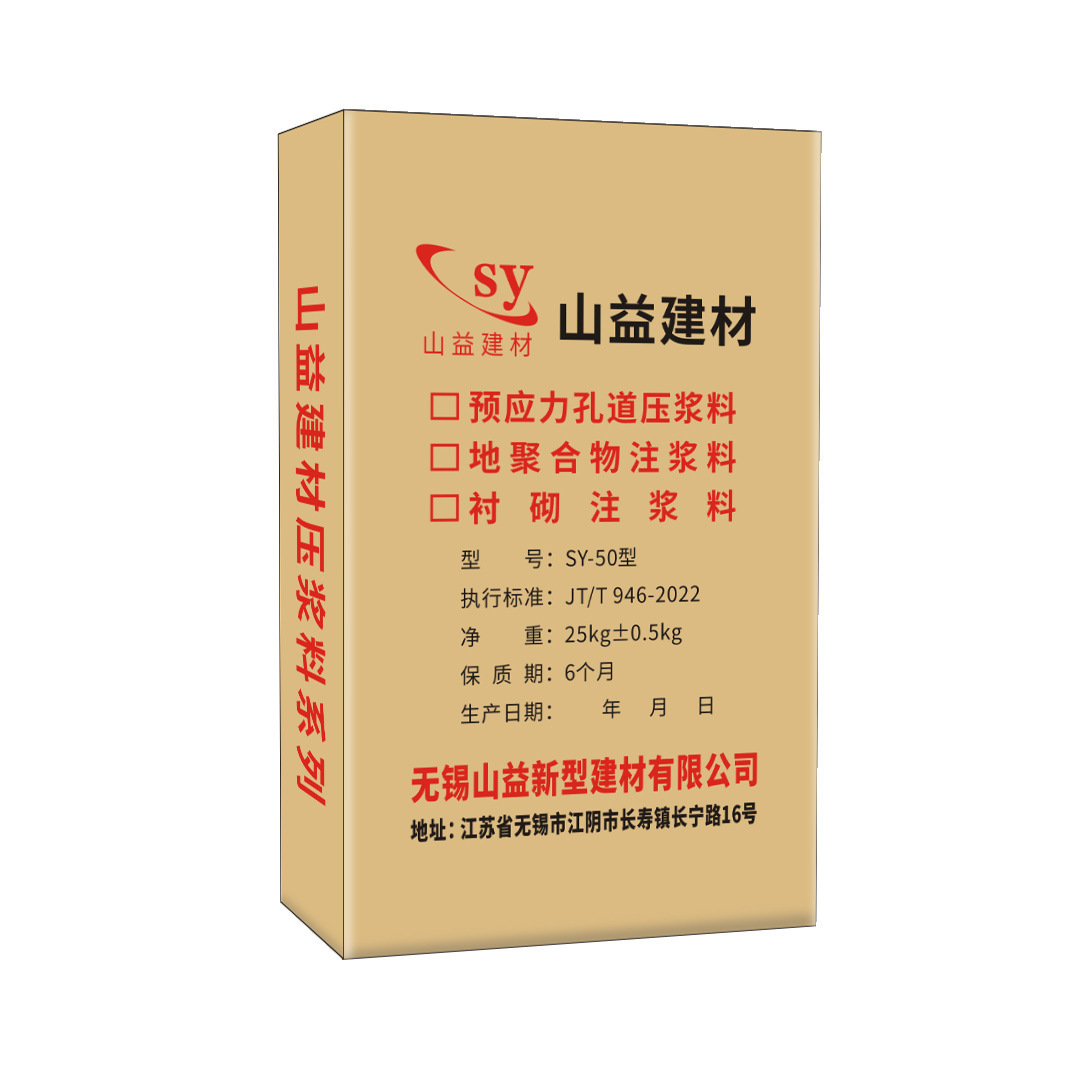In the realm of construction and interior design, the choice of materials plays a pivotal role in ensuring safety, durability, and aesthetic appeal. Among these materials, drywall has long been a staple due to its affordability and ease of installation. However, as building codes evolve and the demand for fire-resistant materials increases, many homeowners and builders are seeking fireproof alternatives to traditional drywall. This article delves into various fireproof options, their benefits, and considerations for their use in both residential and commercial settings.
Understanding the Need for Fireproof Materials
Fire safety is a critical concern in building design. Traditional drywall, while offering some degree of fire resistance, is not entirely fireproof. In the event of a fire, drywall can contribute to the spread of flames and smoke, potentially jeopardizing the safety of occupants. As a result, there is a growing interest in materials that can withstand higher temperatures and provide better protection against fire hazards.
Fireproof Alternatives to Drywall
- Cement Board
Cement board is a popular alternative to drywall, particularly in areas prone to moisture, such as bathrooms and kitchens. Made from a mixture of cement and reinforcing fibers, cement board is inherently fire-resistant. It does not burn, warp, or swell when exposed to moisture, making it an excellent choice for fire-prone areas. Additionally, cement board can be used as a substrate for tile installations, providing both fire resistance and durability.
- Gypsum Board with Enhanced Fire Resistance
While gypsum board is essentially drywall, there are specialized versions designed with enhanced fire-resistant properties. These boards often contain additives such as fiberglass and are manufactured to meet specific fire ratings. For instance, Type X gypsum board is commonly used in commercial applications and can withstand fire for up to an hour. This option provides a balance between the familiar benefits of drywall and the added safety of fire resistance.
- Mineral Wool Insulation
Mineral wool, also known as rock wool or stone wool, is a non-combustible insulation material that offers excellent fire resistance. It can be used in conjunction with other fireproof materials to enhance the overall fire safety of a structure. Mineral wool can withstand temperatures exceeding 1,000 degrees Fahrenheit and does not emit toxic fumes when exposed to fire. Its soundproofing qualities also make it a desirable choice for multi-family dwellings and commercial buildings.
- Steel Panels
For those seeking a more industrial aesthetic, steel panels present a robust fireproof alternative to drywall. Steel is non-combustible and can withstand extreme heat, making it an ideal choice for high-risk environments such as commercial kitchens or manufacturing facilities. While the installation process may be more complex and costly than drywall, the long-term benefits of fire resistance and durability can outweigh the initial investment.
- Fiber Cement Siding
Fiber cement siding is another fire-resistant option that can be used in both interior and exterior applications. Composed of cement, sand, and cellulose fibers, this material is non-combustible and can withstand high temperatures. Fiber cement siding is particularly advantageous for exterior walls, providing not only fire resistance but also protection against moisture, pests, and rot.
Considerations When Choosing Fireproof Alternatives
When selecting a fireproof alternative to drywall, several factors should be taken into account:
- Building Codes and Regulations: Always consult local building codes to ensure compliance with fire safety regulations. Different regions may have specific requirements for fire-resistant materials.
- Cost vs. Benefit: While fireproof materials may come with a higher upfront cost, consider the long-term benefits, including reduced insurance premiums and enhanced safety.
- Aesthetic Appeal: Many fireproof materials offer a range of finishes and styles. Choose options that align with your design vision while maintaining safety standards.
- Installation Requirements: Some fireproof materials may require specialized installation techniques. Ensure that you have access to qualified professionals who can handle the installation process.
Conclusion
As the construction industry continues to prioritize safety and sustainability, the demand for fireproof alternatives to drywall is on the rise. Options such as cement board, enhanced gypsum board, mineral wool insulation, steel panels, and fiber cement siding provide effective solutions for enhancing fire safety in both residential and commercial spaces. By carefully considering the unique properties and benefits of these materials, builders and homeowners can make informed decisions that not only protect lives but also contribute to the longevity and resilience of their structures. Embracing these alternatives is a proactive step towards creating safer living and working environments for all.




+ There are no comments
Add yours